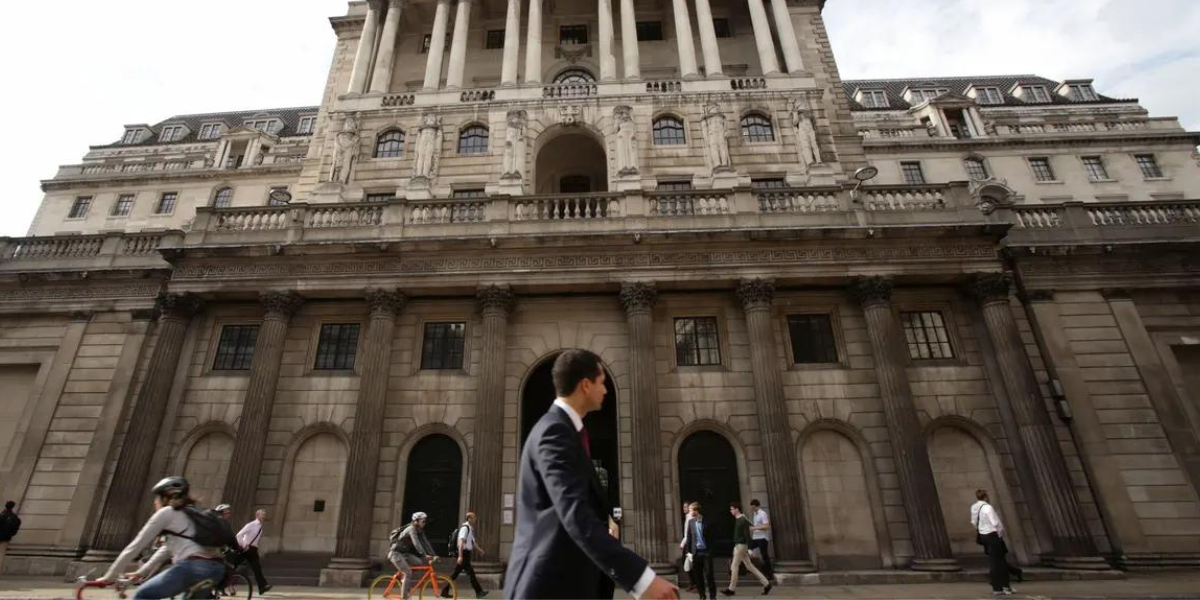The Bank of England (BoE) forecasts that covering anticipated losses on its quantitative easing (QE) programme will cost the government £150 billion by 2033. The astonishing figure has risen from a prior estimate of £100 billion.
Losses were predicted when interest rates rose following the scheme’s first profit, but the estimated cost to British taxpayers has risen in tandem with the Bank’s tightening of monetary policy. Its base rate is now 5%, with the next rate announcement scheduled for August 3.
Threadneedle Street published its latest estimate of Treasury transfers to cover losses on its asset purchase facility on Tuesday.
The Bank launched its QE programme during the global financial meltdown in a bid to dig the economy out of a hole at a time when interest rates were at historic lows.
It now has bond holdings of £895billion, but started to unwind these in 2022, initially by stopping reinvestments of maturing assets but later selling bonds at an expected annual pace of around £80billion.
In 2009, the Bank of England struck a contract with the Treasury to protect Threadneedle Street from losses resulting from the QE scheme, ensuring that monetary policy is not constrained by the Bank’s balance sheet.
However, the taxpayer will foot the bill, with ramifications for public services.
The Office for Budget Responsibility estimates that losses for the remainder of the QE project will total £63 billion.
The Bank of England predicted in April that losses might eventually exceed £100 billion.

